Speaking
Keynotes
Chris is a frequent speaker at conferences on topics including community safety, developing connection and preventing and responding to natural and human-created disasters. Below are keynote presentation and workshop ideas. Curious about Chris’ speaking fees?
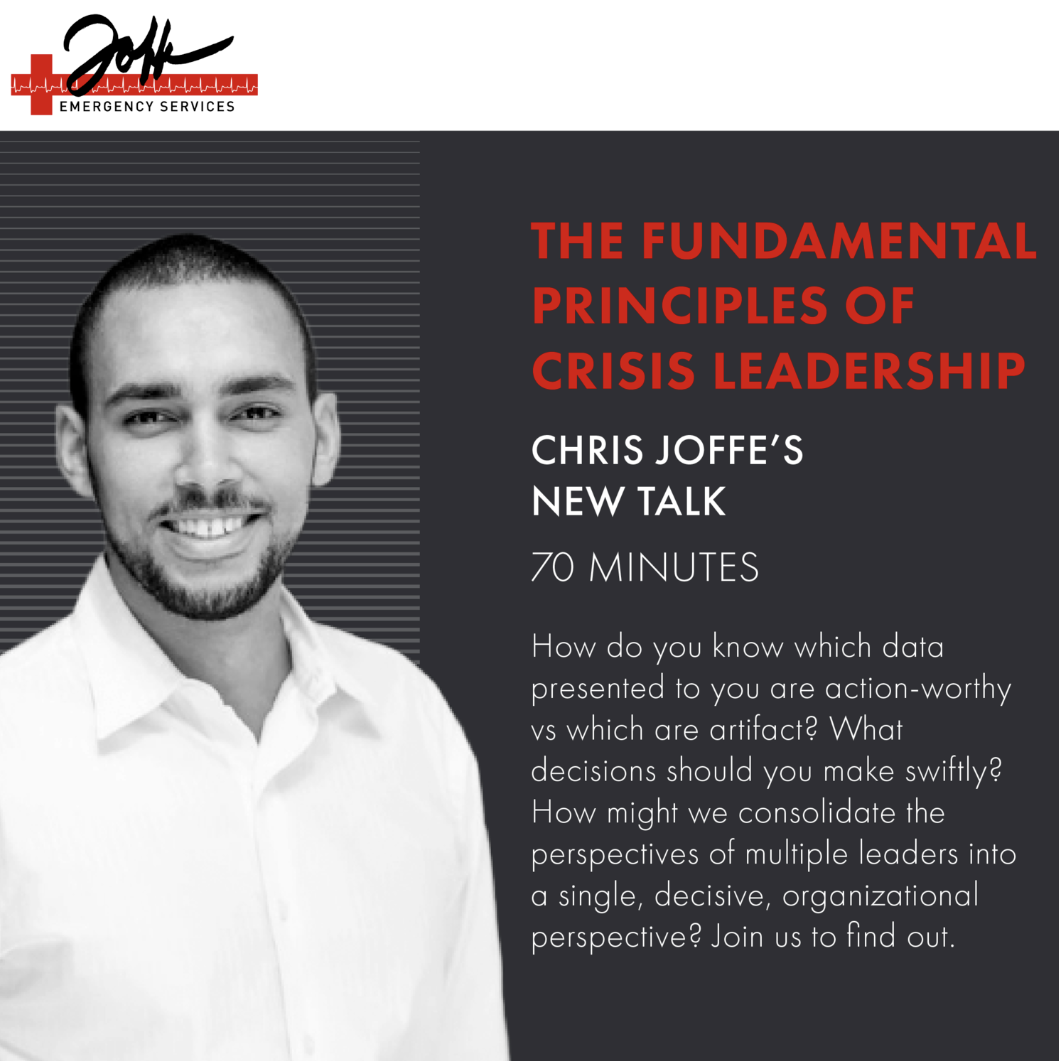
The Fundamental Principals of Crisis Leadership
Crises are known to have myriad issues blended together and launched at the crisis leaders at the speed of… crisis. How do you know which data presented to you are action-worthy vs which are artifact? What decisions should you make swiftly? What decisions allow time for analysis-paralysis? How does one escape analysis-paralysis once it’s recognized? How might we consolidate the perspectives of multiple leaders into a single, decisive, organizational perspective? This is a nail-biting, pencil jotting session designed to entertain, inform, and cause progress.
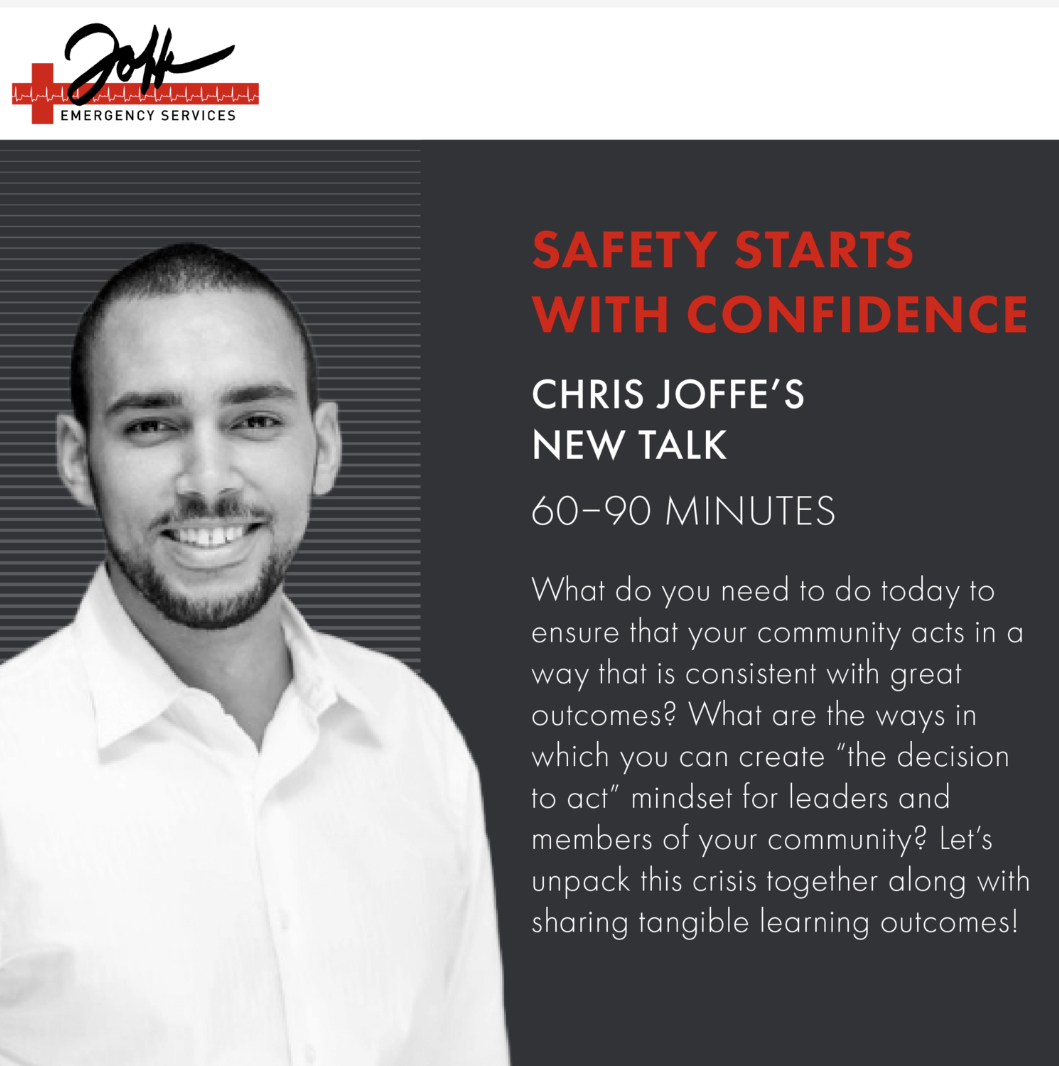
Safety Starts With Confidence
Using the backdrop of a harrowing and inspiring case study, we’ll unpack the beginning of an emergency. Often, the first 30 - 60 seconds (or the “Default Response Period”) are the moments that really define the outcome of a crisis. What do you need to do today to ensure that your community acts in a way that is consistent with great outcomes? What are the ways in which you can create “the decision to act” mindset for leaders and members of your community? Let’s unpack this crisis together along with sharing tangible learning outcomes!
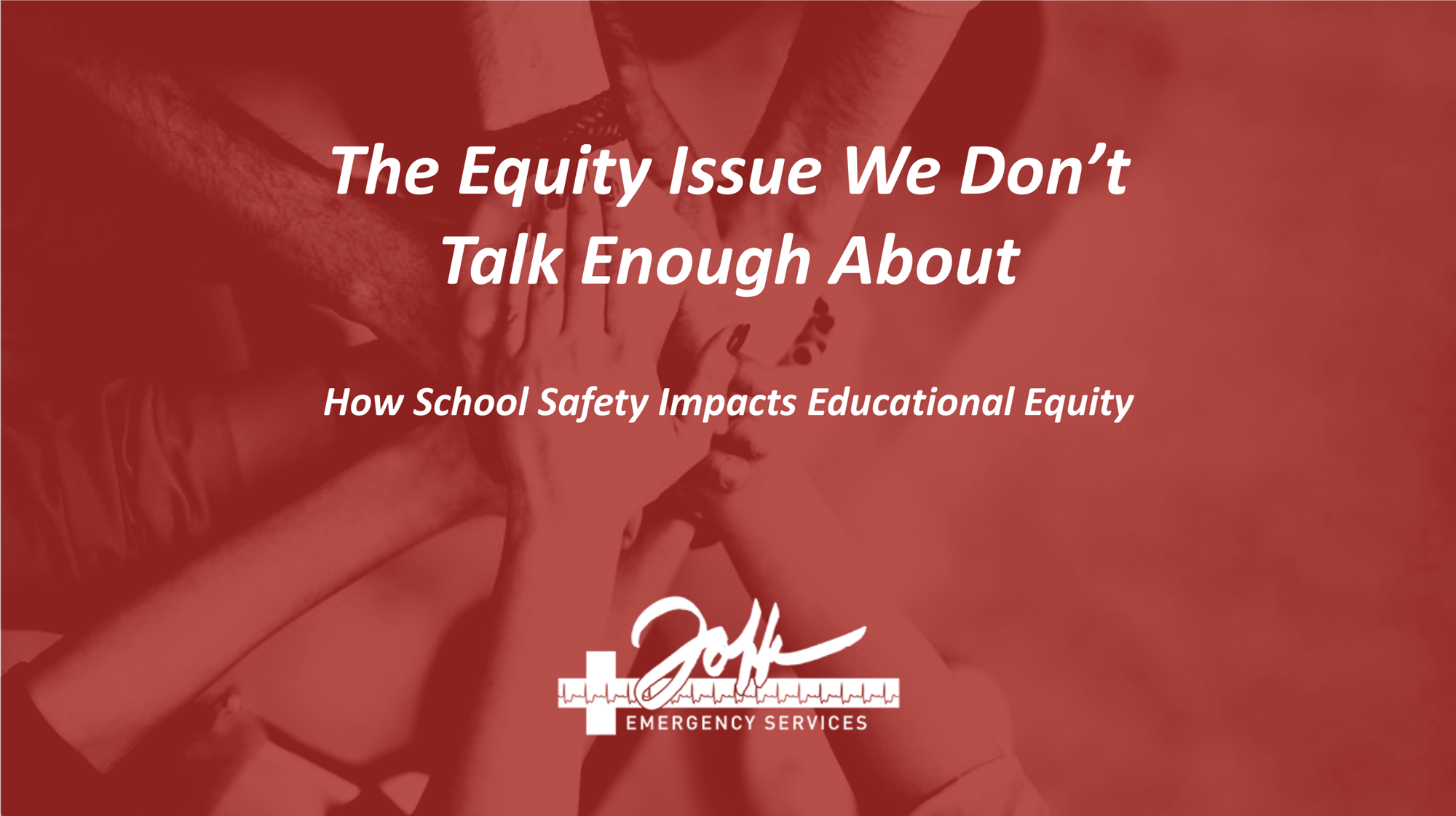
The Equity Issue: How School Safety Impacts Educational Equity
There is an inextricable connection between educational equity and school safety. Students can only learn when they feel safe, and far too many students of color face regular safety concerns at school. In this session, we’ll delve into some of the safety issues that disproportionately impact students of color and discuss how safety and security affects students’ ability to learn. Using a school-based case study, we’ll explore the importance of educating and empowering everyone across campus to respond to emergencies and share specific, concrete strategies to build confidence among members of the school community when it comes to safety and security.
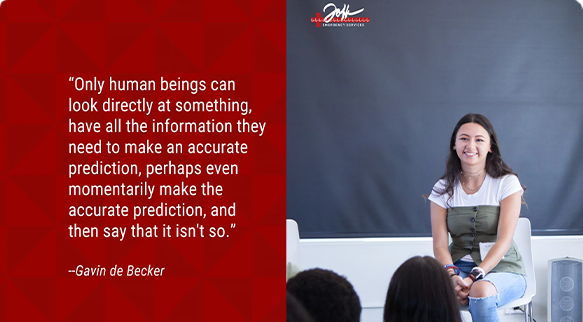
Putting The Pieces Together To Detect Threats And Make...
Join us for an immersive session where we realize, quite literally, the puzzle pieces we hold can be meaningless alone but transformational when put together. These literal puzzle pieces represent the metaphorical pieces we hold every day. If successful at using the strategies learned during our session, participants will be able to see the whole picture.
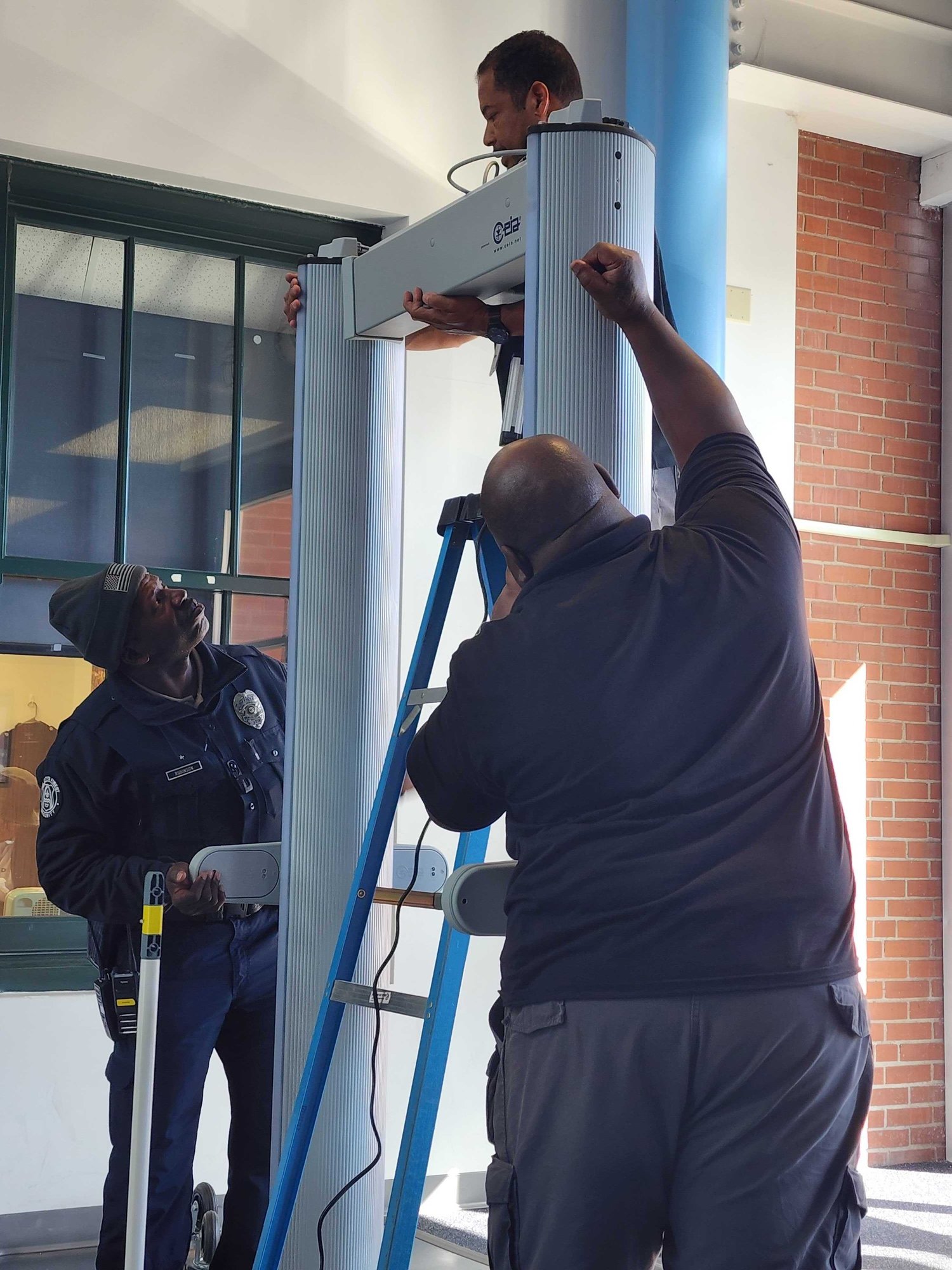
Building Security to Last
As it turns out, not all security programs are created equally. There are a confluence of factors to contemplate when designing a security strategy that works for today's schools and that will work for tomorrow's schools too. Security is no longer boots on the ground at the gate but instead, an active and participatory member of the community. Today's great security is marked by an awareness of cybersecurity, the ongoing ability to respond to online and offline threats, and their degree of interaction within their community. During this session, unpack traits of success and surface opportunities for leaders to build a winning security strategy that is not a liability, but instead one of the school’s most central assets.
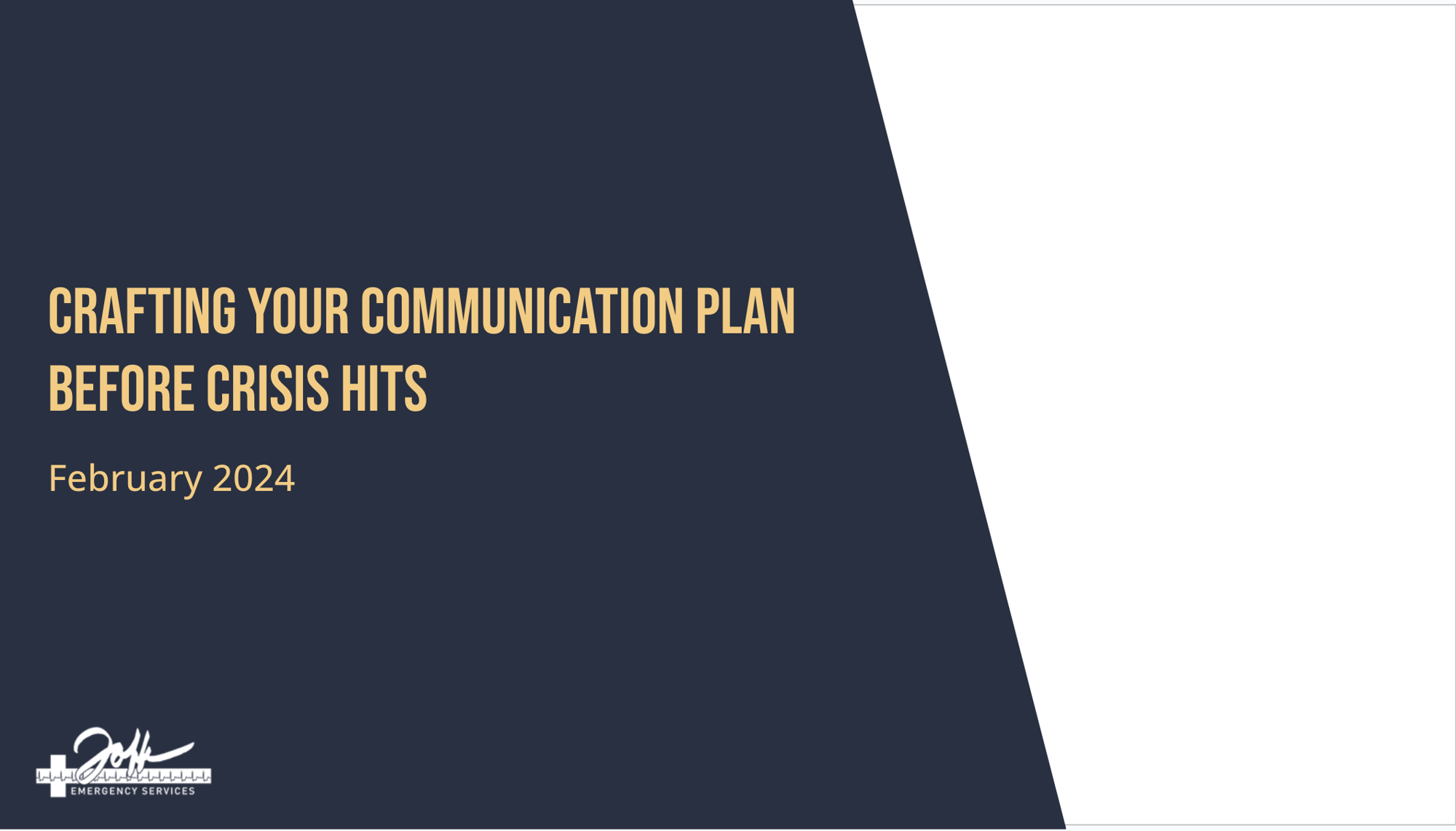
Crafting Your Communication Plan Before Crisis Hits
Join us in exploring the key aspects of effective crisis communication. We'll delve into practical steps you can take to craft communication templates in advance, identify the right channels to reach your audiences, and proactively plan for how stakeholders might respond. We'll share techniques for developing clear, consistent messaging and practice to ensure preparedness. We'll focus on building successful emergency communication strategies so you can stay connected and get your message out when it matters most. With the right preparation, you'll be ready to communicate calmly and effectively in a crisis.
Workshops
HOW YOU CAN PREPARE FOR ACTIVE SHOOTERS AND OTHER LIFE-THREATENING EMERGENCIES ON CAMPUS
During this essential (but not frightening) conversation, we’ll discuss three strategies you can and should implement at your school today to prevent active shooters and other emergencies, three steps to take to train faculty, staff and others on campus for an emergency, and three steps to take if and when an event occurs on campus.
We’ll share several case studies with opportunities for learning at every turn, as well as a good emergency plan, a bad emergency plan, and a guide to building community confidence in preparing for emergencies. Most importantly, participants will leave with an action plan for their campus based on the nine principles discussed.
EMPOWERING YOUR COMMUNITY TO PREPARE FOR CRISIS - WHETHER BIG OR SMALL
The best resource at any school? The community. No one knows the ins and outs of campus, the trouble spots, and people’s tendencies better than those who make up your school’s family.
Whether it’s communication strategies for times of crisis, learning to establish clear roles and responsibilities in an emergency, or techniques for access control (to provide just a few examples), preemptively instituting the best safety practices will have a serious and immediate impact on school safety. Expect to depart with a to-do list in mind.
Learn moreBUSINESS CONTINUITY - IT STARTS TODAY
Here’s the truth. You have to rebuild your school community to an acceptable level within seven days of a major disaster. Without your school resuming operations, staff, faculty, and parents may all relocate to more stable ground. That’s why it’s so critical that schools have a plan BEFORE disaster strikes.
This presentation will help you build that plan by teaching schools how to forge partnerships with local vendors, integrate technology into business continuity, think through their succession plan if their leadership team was compromised, and more.
Learn morePREVENTING ACTIVE SHOOTERS THROUGH ORGANIZATIONAL LISTENING AND RESILIENCE:
One of the most overwhelming school safety issues to deal with is the threat of an armed assailant on campus. This presentation will serve to break down the steps that should be taken to minimize this threat into goals that can be achieved even in the course of a busy school year. This is about identifying students who may be at risk of causing harm to themselves or others and managing additional support for them. We know the signs, so let’s learn how to apply them to our environment and prevent the negative outcomes. Learn the tenets of a successful, holistic threat assessment program and the process through which your school should respond to incoming data.
More generally, participants will be able to identify and implement the organizational changes needed at their school so that if the worst does come to pass, the community is empowered and confident in their response.
Learn morePREPARING FOR LOCKDOWN & ACTIVE SHOOTER: WHAT YOUR BUILDINGS & GROUNDS MIGHT BE MISSING
In order to lockdown effectively, you must have a few key components in place (no pun intended). With the knowledge that schools were designed for education and intentionally are designed with an open look and feel, we’re constantly approached and asked “How do I get ‘Lockdown Ready’ without sacrificing my openness and unencumbered space?” The answer is neither simple, nor easy, but it’s important. You must get lockdown ready, regardless of the unique challenges or obstacles that your campus faces.
This presentation is designed to guide facilities leaders and other relevant parties in assessing their buildings, their grounds and their readiness. Participants will walk out with an action plan in hand for how to conduct their own safety assessment, then implement some of the solutions to common problems. Additionally, the audience will walk away with a guide to how to manage traditional keys and alarm codes, how to secure the doors on their classrooms and offices, when and how to communicate using an emergency notification system, how to manage the windows in classroom and offices, how and when to implement a threat assessment team and how to conduct effective lockdown drills designed to scaffold the community's learning.
Learn more